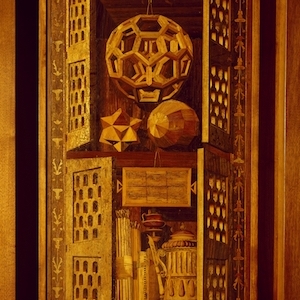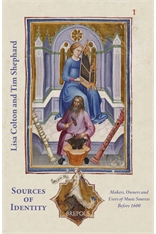Playing a bit of blogging catchup today: last August (2019) I received news of the publication of a refereed conference paper on encoding early music that I co-authored with John Stinson as a follow-up to our 2014 article published in Early Music (OUP). The original paper was delivered at the 2015 Music Encoding Conference, Florence. In the paper we advanced several further ideas about some of the arbitrary divisions that music encoders make when separating different types of music notation by highlighting some of the intersections between square chant notation and black mensural notation of the 14th century. One of the most memorable aspects of our paper was the discussion of several manuscripts that were completed in the old monastic scriptorium of Santa Maria degli Angeli, the venue of the conference! The paper and conference proceedings are now available online, hosted in the digital repository of the Bavarian State Library. Follow the link on the DOI in the following citation:
John Stinson and Jason Stoessel, “Revising MEI for research on late medieval manuscripts,” in Music Encoding Conference Proceedings 2015, 2016 and 2017, ed. Giuliano Di Bacco, Johannes Kepper, and Perry D. Roland, 15-24. Florence: Music Encoding Initiative, 2019. https://doi.org/10.15463/music-1.





![Saint Anthony of Padua Reading by Cosimo Tura [Public domain], via Wikimedia Commons](https://jjstoessel.files.wordpress.com/2014/02/cosmc3a8_tura_-_st_anthony_of_padua_reading_-_wga23151.jpg)
You must be logged in to post a comment.